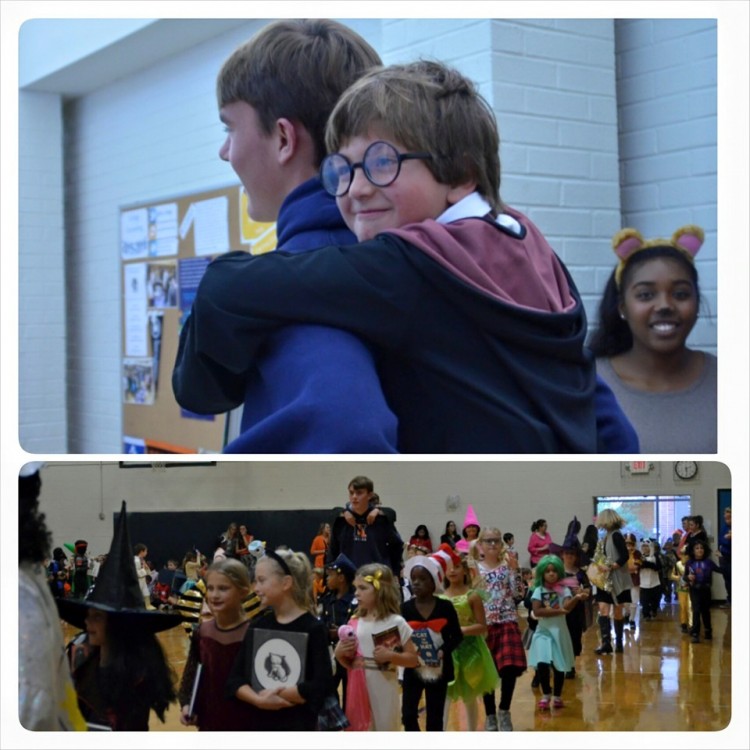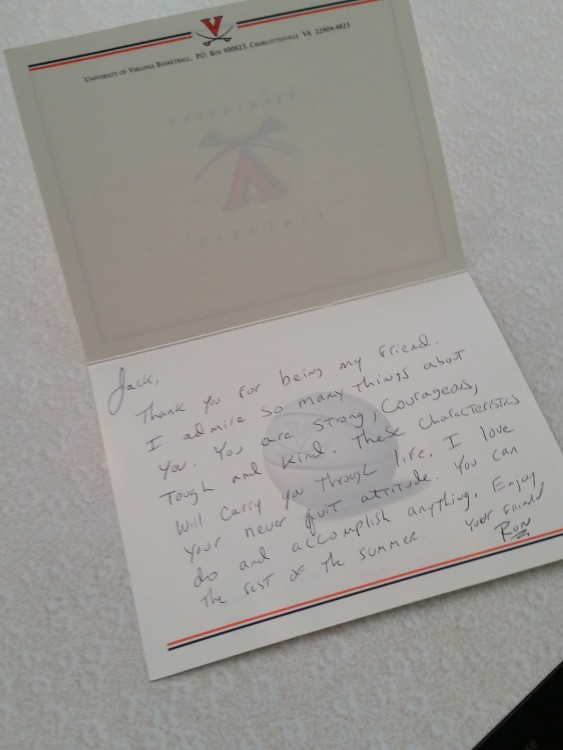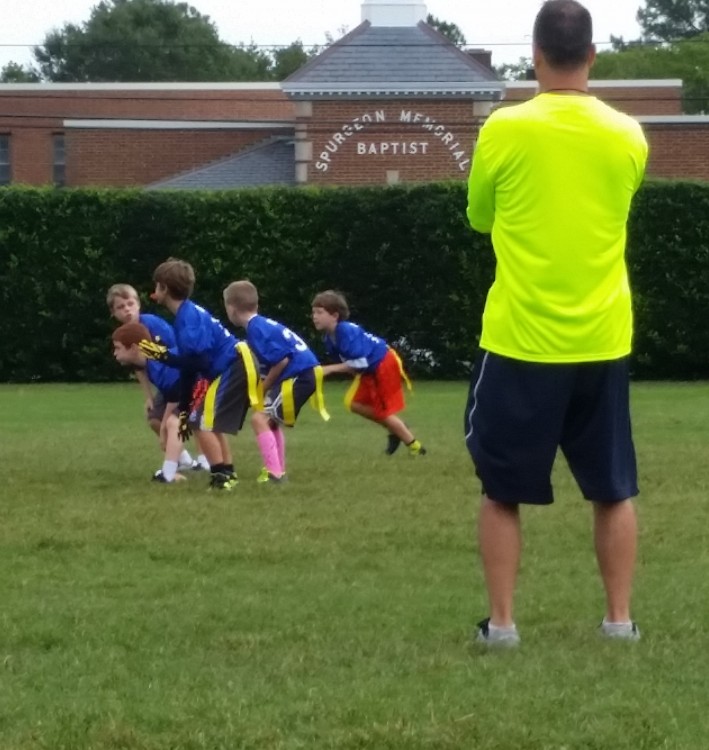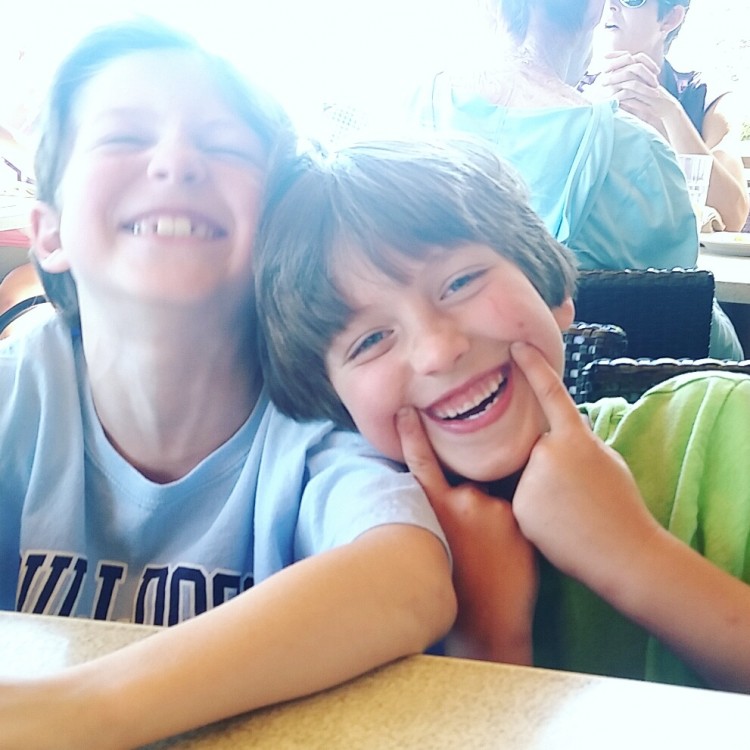This is what an invisible disease looks like. It looks like nothing at all.
There are thousands of them and they run the gamut from rare to common, physical to mental, life-threatening to debilitating. But they all have one thing in common – they leave no noticeable mark. To the outside world, we all look healthy.
Mine, and my children’s, is called epidermolysis bullosa, a rare genetic disease whose hallmark is debilitating blistering of the skin in response to heat, friction, injury or rubbing. I was encouraged to write something about it for Epidermolysis Bullosa Awareness Week.
Truthfully, I didn’t know what to share.
I don’t have a picture of our blisters. I don’t have pictures of the guttural sobs that come from the pain. I don’t have a picture of my husband carrying my 9-year-old to the bathroom because he can’t walk. I don’t have a picture of the hot shame that washes over my face when someone questions why I parked in a handicapped space. I don’t have a picture of the loneliness that comes from the things we miss out on because of a disease no one has ever heard of.
But even if I did, I wouldn’t share them. Not because they’re ugly or agonizing. But because they wouldn’t be the whole picture.
Yes, this is a terrible disease. And yes, it’s hard. But it’s also beautiful.
Because of it, I had to learn how to be independent at an early age. I had to learn to be comfortable with being different, with being myself. I had to learn to shrug off the things that people think about me. And although it was painful, it made me stronger. It made me confident. It made me empathetic. It made me grateful for the friends who have always been there for me, not when it was convenient, but when it was hard. It made me understand that what a person looks like from the outside is only a fraction of their story.
Or maybe I do have a picture after all. Maybe it’s this picture — my son’s “senior buddy” giving him a piggyback ride so he could participate in his school’s Halloween parade.

Maybe it’s this picture — a letter from a University of Virginia basketball coach who is inspired by their perseverance and their kindness.

Maybe it’s this picture — a wonderful coach who has given my children the opportunity I never thought they would have — to play their beloved sport like all the other kids — simply because he looks at them and sees what they can do, not what they can’t.

Maybe it’s this picture — two smiling boys who look just like everyone else but fight through unimaginable pain every day. Two boys who understand that tears are a sign of bravery and that not every battle is waged with a sword. Two boys who don’t view every door as closed. Instead, they see the light coming through the keyhole.

And all of that doesn’t make the hurt go away. But it does give it a soft place to land.
Yes it’s a terrible disease, like so many others. And yes, it’s hard. Not just physically but emotionally. But it made me who I am. What it has taken from me pales into comparison to what it has given me. And I hope it will do the same for my boys.
And maybe that’s not such a bad deal after all.
For more information about epidermolysis bullosa, go to www.debra.org.
We want to hear your story. Become a Mighty contributor here.

